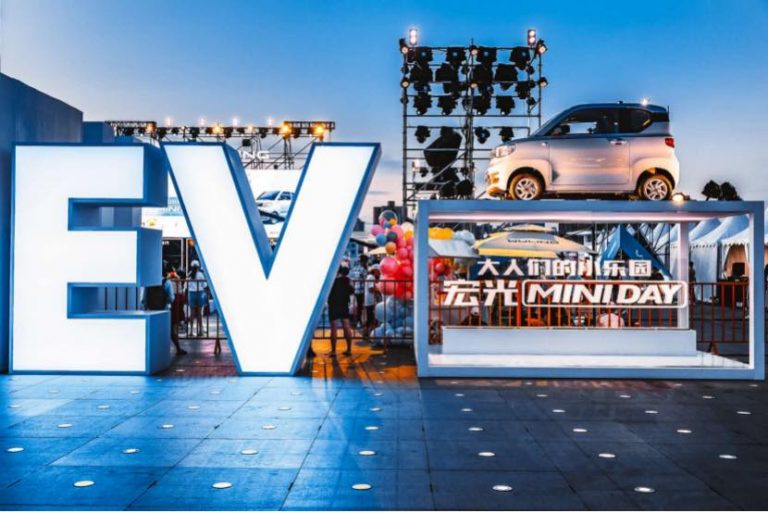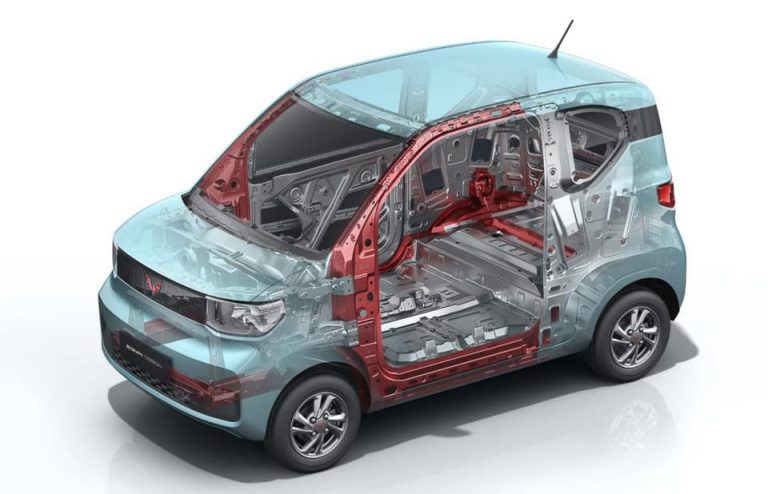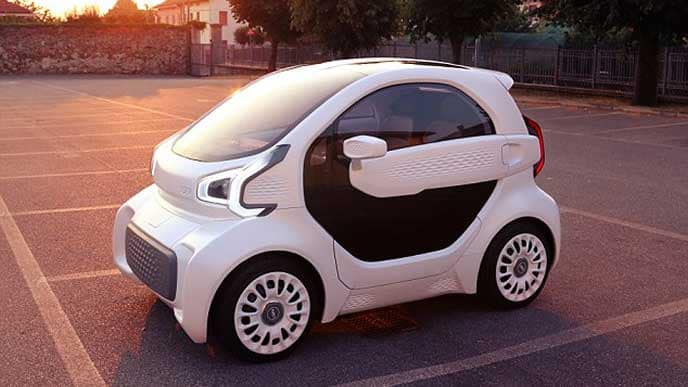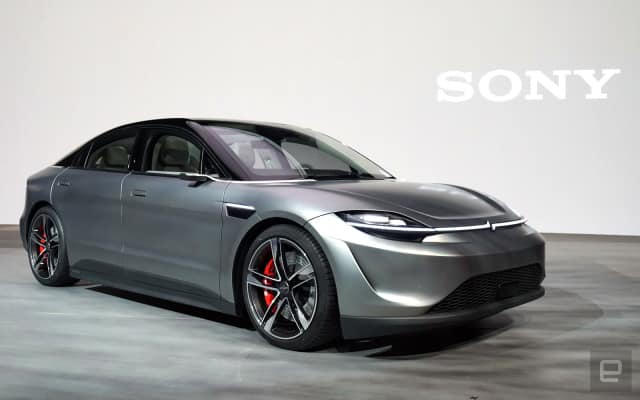New Possibilities for Mobility : The development of EVs will determine the future of cities, not the future of gasoline-powered cars.

As of 2021, thinking about the future of cars means thinking about human mobility.
The Corona disaster has greatly restricted human mobility. The need to be able to move around in the personal space of a car became even greater. On the other hand, shared rides and other services with strangers (including trains) have become anathema.
Planes and trains will not disappear for a while, but new UI designs that avoid density will be required. The question is how to spend the time until casual rockets and flying robot cars are ready.
Now, back to mobility in the city.
We believe that the following development requirements are necessary to promote “EV (electric vehicle) + automatic driving support.
1. smart city development based on movement within a specific city (within 30 km of a tourist destination, summer resort, etc.). It will not go far.
2. creation of new maps by deepening information such as road geometry and traffic information that existing in-vehicle vehicles see with their sensors. (e.g., intersections where children are likely to jump out of the car, or times of day when curves are frequently involved in accidents)
3. building a database that shares thorough demographic information of users.
It is like a free bus for individuals. The car learns the sequence of events, such as going to the supermarket in the evening and then taking a break at the park. By sharing information with others, it can be used to avoid traffic jams or to create new communities.
I don’t know if existing car makers can make such a car. Rather, it may be the work of a small venture.
Building a prototype car is easy.
It can already be made by 3D printing for $1.1 million.
The EV vehicle “YOYO” (YOYO) was designed by XEV, a Hong Kong-based company based in Italy, and developed in collaboration with Polymaker, a Chinese sculpting company. The manufacturing base is said to be in China.
YOYO” is an EV that belongs to the LSEV category, which stands for Low Speed EV.
Speaking of cheapness alone, the extremely inexpensive HongGuang Mini EV, a huge hit in China surpassing Tesla, costs a whopping 450,000 yen!
The manufacturer is SAIC-GM-Wuling Automobile (SGMW).
Alternatively, if you want to tether the frame as you see fit, Nidec has already modularized the EV’s powertrain system and is selling it to Chinese car makers.
Powertrain refers to the power source of a vehicle (power transmission equipment including engine, clutch, transmission, propeller shaft, etc.).
Nidec’s E-Axle traction motor system has been adopted by Guangqi New Energy, an EV manufacturer under China’s major Guangzhou Automobile. Nidec supplies “E-Axle,” which integrates a drive motor, inverter, and gears.
Sony’s VISION-S prototype EV car has been the talk of the town since it was unveiled at CES, but the powertrain system (powertrain) is entirely handled by Magna Steyr, an Austrian automotive subcontractor and manufacturer.
Sony is responsible for the body, interior and interface design.
The most promising area for Sony to showcase its strengths is its sensor technology, which will be tested to see how well automated driving will develop as EVs become more widespread, a natural progression for the planet.
Sony’s “Safety Cocoon” uses sensing technology that surpasses human vision to provide a thorough 360-degree view of the vehicle’s surroundings, while also carefully monitoring conditions inside the cabin, including the condition of the driver. Furthermore, by feeding back the sensed information to the driver in real time, it is said to provide a safe and comfortable traveling space.
Right now, we are only at Level 2-3 of the Level 5 of automated driving, but in the near future, there will be an era of cars without steering wheels. At that time, there will be no more driver’s licenses and people will be prohibited from driving cars.
If Japan is aging and inbound income is the future of the country, ventures in this area must be accelerated.
◆ Reference
Low-speed EV “YOYO” Fully Utilizing 3D Printer: Design is Flexible, Possibilities are Endless! / Autosport web-based, Automobiles of the World
A big hit in China, surpassing Tesla! Why can’t Japanese manufacturers make the very cheap EV “Hong Kong Mini”! https://bestcarweb.jp/feature/column/236839
Why was the world surprised by Sony’s VISION-S EV presented at CES2020?
Sony’s “Safety Cocoon” sensing for safety, security and comfort
What kind of company is Magna Steyr, which produces the “Toyota GR Supra”?
New] Shigenobu Nagamori begins “Chapter 2” of Nidec Corporation.
Powertrain specialist Univance collaborates with electric vehicle manufacturer GLM to develop EV test vehicle with integrated mechanical and electrical e-axle https://www.atpress.ne.jp/news/188236








